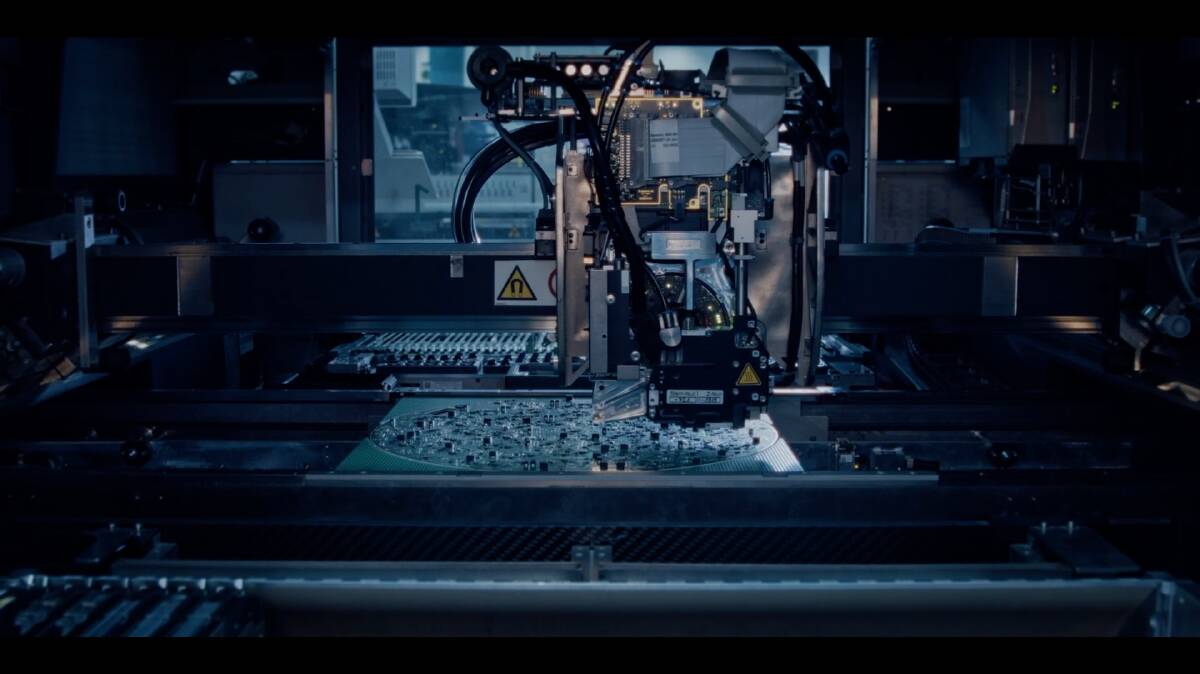The AgTech Revolution is leading farmers into the future and one of the tools helping this transformation along is artificial intelligence (AI).
Subscribe now for unlimited access to all our agricultural news
across the nation
or signup to continue reading
AI is the focus of the latest AgTech Revolution episode in the multipart documentary produced by Lightbridge Productions, exploring agriculture's digital transformation.
The latest episode features Deloitte's Ben van Delden, Food Agility CRC chief scientist Prof David Lamb, Agrifutures managing director John Harvey and KPMG's Michael White.
"Artificial intelligence really is automating the collection of data and then using algorithms to try and make sense of that data," Mr Harvey said.
In special focus in this episode of AgTech Revolution is Queensland farmer Luke Arbuckle, Elkcubra Pty Ltd, and Infarm managing director Jerome Leray.

"In recent times, AI has really come to the forefront with things like Chat GPT," Mr Leray said. "And so instead of being a promise of something to come, people can actually see and interact with it today. The upside of AI is the versatility in terms of the problem spaces that it can address."
Mr Leray has been working with Mr Arbuckle to improve the weed control on his farm.
"One of the challenges when you're farming is moisture - having rainfall or having the moisture held in the ground," Mr Arbuckle said.
"So if you let the weeds get away and you can't get control on them, you might have to do tillage, in which case you're losing ground cover, you're drying out the soils and you're causing a lot more damage. And that can have consequences for years while you're trying to build up that soil carbon and that ground cover again. So having that weed control is probably the biggest challenge that we face."
Mr Arbuckle said some of his biggest weed challenges were from fleabane and milk thistle.
"Weed control costs hundreds of thousands of years for my operation," he said. "And if I wasn't to do it, I wouldn't be cropping."
Mr Arbuckle was working with Infarm to target herbicides just on weeds, rather than blanket spraying.
"Artificial intelligence is core to the technology and the platform that Infarm has developed," Mr Leray said.
"What we do is we collect a lot of different types of information, different weeds in different contexts - in fallow, in crop, in pasture - and we look at detecting that plant and understanding that context and feeding that data to an AI system, so it learns how to identify that plant.
"Once we've trained that AI system, what we do is we then feed it new images and ask it to locate where those plants are. And it's from that identification that we can then start to identify its GPS location and provide that information to the tractor."
Mr Arbuckle said using this technology could cut paddock spraying from 100 per cent to 3 to 4pc.
"The biggest benefit I have using AI within my farm is that the cost for some of my sprays are just dwindled away and I haven't had a massive capital outlay," he said. "The artificial intelligence has the ability to process huge amounts of data that I can never get through and start to make links that we maybe don't see. You can start to model what water does when you get rainfall, you can start to feed it the soil tests spread over your farm and start to see if links can be made with existing data sets you have."

